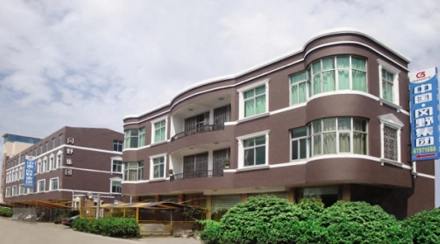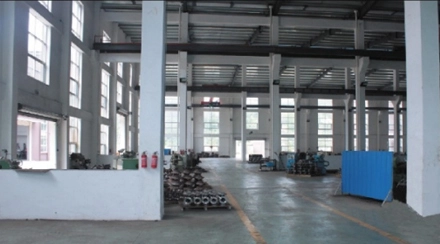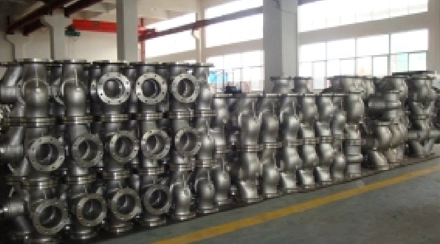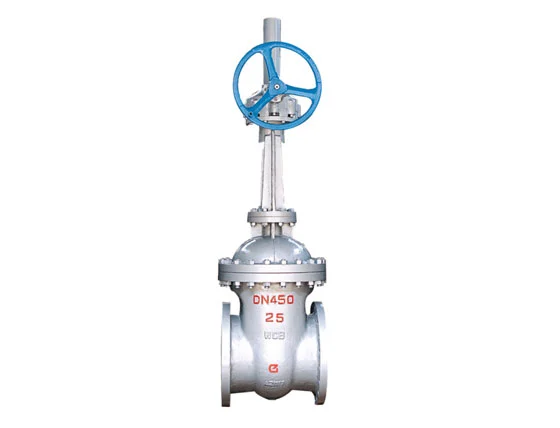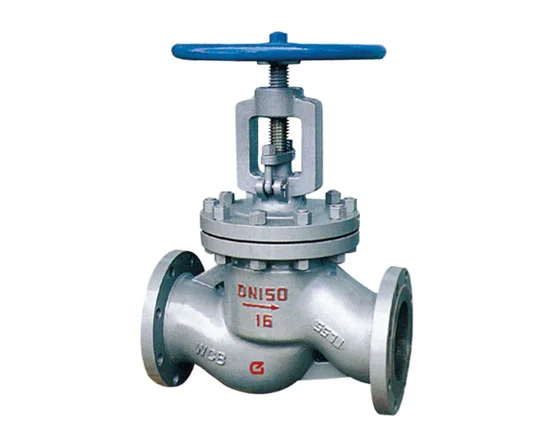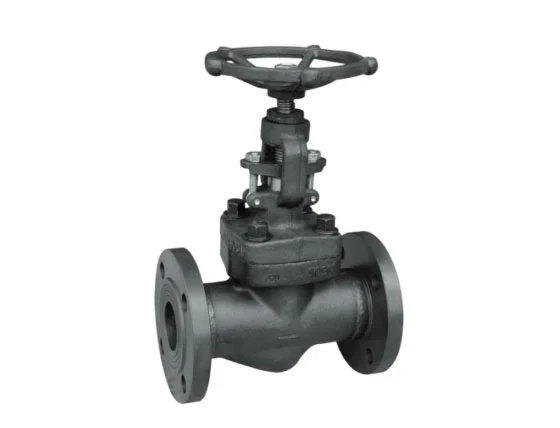en
The air pressure control valve is an essential component in industrial processes that require precise control of pressure and flow rate of air or any other gas. The valve operates based on the principle of proportional pressure control, and its design enables it to handle a wide range of pressures and flow rates.
The air pressure control valve consists of four main components: an actuator, a control valve, a sensor, and a control circuit. The actuator receives the signal from the control circuit and adjusts the opening of the control valve. The sensor continuously measures the pressure of the gas and sends the signal to the control circuit. The control circuit calculates the difference between the set point and the actual pressure and adjusts the opening of the control valve to maintain the desired pressure.
The proportional control principle is the foundation of the air pressure control valve's operation. This principle states that the output of a system is proportional to the input stimuli, such as the pressure of the gas. The control valve adjusts the opening based on the signal received from the control circuit, which is proportional to the deviation from the set point pressure.
The air pressure control valve operates by regulating the pressure and flow rate of the gas. The valve adjusts its opening in response to the difference between the actual pressure and the set point pressure. By controlling the pressure and the flow rate, the valve ensures that the gas is delivered at a constant pressure and flow rate. Explore our different types of valves used in power plant and different types of valves used in oil and gas industry.
The air pressure control valve provides benefits to many industrial processes. For instance, it is widely used in the HVAC industry to control the air distribution throughout a building. In manufacturing processes, the valve ensures that the pressure and flow rate of gases are maintained at the optimal levels, which reduces waste and improves efficiency. In addition, the valve helps to maintain the stability of the process, reduces the risk of system failure, and prolongs the lifespan of the equipment.
Gangye, a leading provider of industrial valve solutions, offers a range of air pressure control valves designed to meet the diverse needs of different industries. These valves are especially beneficial in industries where precise control of air pressure is critical. For example, in the chemical industry, controlling the flow and pressure of gases is essential for safety and efficiency. Valves used in the chemical industry need to be highly reliable and capable of handling corrosive materials and extreme conditions.
Furthermore, Gangye's expertise in providing industrial valve solutions ensures that their air pressure control valves are suitable for a wide range of applications, from simple HVAC systems to complex industrial processes. These valves are engineered to deliver high performance, durability, and reliability, making them an ideal choice for various industrial applications.
In conclusion, the air pressure control valve plays a vital role in industrial processes that involve the control of the pressure and flow rate of gases. Its operation is based on the principle of proportional control, and it consists of four main components that work together to maintain the desired pressure and flow rate. The valve's ability to handle a wide range of pressures and flow rates makes it an essential component of many industrial processes, and its benefits include improved system stability, increased efficiency, and reduced waste.
